Aquaculture personnel do you really know the application of compound potassium persulfate products in aquaculture?
China is a big aquaculture country and a big disinfectant consumer. In recent years, the production capacity of disinfectant industry in China has increased steadily, with an average annual growth rate of more than 16%. However, with the change of water environment and pathogenic bacteria, traditional chlorine preparations have exposed many problems, such as strong irritation, residue, carcinogenic by-products, increasing dosage, etc. Although chlorine dioxide as the fourth generation disinfectant can basically be identified as safe without residue, there are safety risks in use. The use of chlorine agents has been completely banned in hospital disinfection in EU, and the US Environmental Protection Agency (USEPA) has not allowed chlorine dioxide, sodium dichloroisocyanurate and trichloroisocyanuric acid to be used in fish culture water. Although there is no regulation in China at present, with people's attention to food safety, the demand for environmentally friendly disinfection products will be higher and higher. Potassium hydrogen persulfate complex salt [BMW0516888], as a new strong oxidant integrating safety, environmental protection and high efficiency, has been widely used in industrial, agricultural and civil fields at home and abroad. This paper mainly introduces the application of compound potassium hydrogen persulfate series products with it as main raw material in water treatment and aquaculture. Potassium hydrogen persulfate complex salt series products are gradually accepted by some high-end aquaculture households and become a new favorite.
Professor Xue Guangbo, president of Shanghai Disinfectant Association, said at many industry conferences: "What disinfectant do we use in the 21st century? Potassium hydrogen persulfate complex salt [consult please add BMW0516888], dibromohydantoin and other green disinfectants..."An unparalleled advantage of potassium hydrogen persulfate series products is: quick-acting, green without residue, solution of secondary pollution caused by the use of halogen agents, chlorine dioxide, herbicides, so that precipitated organic matter into small particles of organic flocs, forming a breeding ground for the growth of microbial products. Therefore, after using compound potassium hydrogen persulfate products, microbial products can be used after 12 hours, combining quick-acting and long-acting to complement each other.
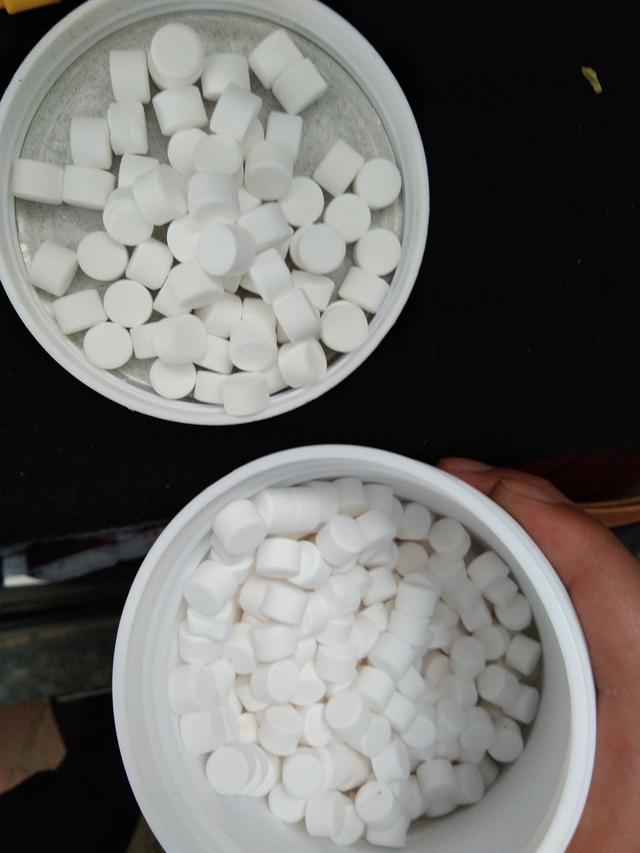
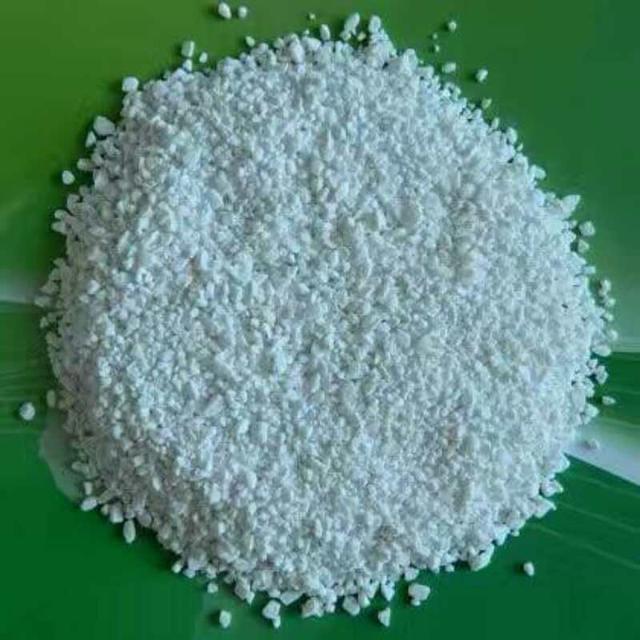
Potassium hydrogen persulfate complex salt is mainly used in the following aspects:
Disinfection and sterilization: Compound potassium hydrogen persulfate powder disinfectant, which has been recognized by industry experts and governments worldwide, is considered to be the preferred disinfectant for preventing and controlling livestock and aquatic animal diseases. Potassium hydrogen persulfate dissolved in water to produce new ecological oxygen, it is very active, oxidation capacity is very strong, can make bacteria, virus protein denaturation, destroy the synthesis of genetic material. Compound potassium hydrogen persulfate powder disinfectant, it is the use of this principle, become livestock and aquaculture industry fifth generation disinfectant. The conventional formula is: potassium hydrogen persulfate complex salt [consult please add BMW0516888] as the main component (generally not less than 50%), supplemented by organic acid, surfactant, sodium chloride, complexing agent, synergist, stabilizer, etc. After dissolution, the product can generate various high-energy and high-activity derivatives such as small molecular free radicals and active oxygen, etc., destroy the permeability of microbial cell membranes through chain reaction systems, interfere with DNA and RNA synthesis of pathogens, kill various pathogenic microorganisms, and are not affected by organic substances. Its metabolites will not affect human beings and the environment. The product kills and inhibits the growth and reproduction of viruses, bacteria, mycoplasma, fungi, mold and vibrio in water; high concentration dosage has the effects of killing algae, killing algae and purifying water.
2. The purification of detoxification mainly includes the following aspects:
1) Oxidation of hydrogen sulfide, nitrite, divalent iron compounds, divalent manganese compounds and other reducing harmful substances to improve the bottom odor;
2) Degradation of PCBs, polycyclic aromatic hydrocarbons, pesticides, herbicides, dyes (such as malachite green), herbicides, algae toxins and other pollutants with great environmental hazards and great difficulty in biological degradation; Modern water often contains a large number of toxic and refractory organic pollutants, such as polycyclic aromatic hydrocarbons, polychlorinated biphenyls, herbicides, pesticides and dyes. Because of their stable chemical structure, strong biological toxicity, and difficult biodegradation, they exist in nature for a long time and have potential three-way toxicity to humans, animals and aquatic organisms. Because of their strong biotoxicity, these substances are difficult to degrade by biological methods. The advanced oxidation technology of potassium hydrogen persulfate complex salt + catalyst is a newly developed technology that can effectively degrade such pollutants in the world. It uses strong oxidizing free radicals generated in the reaction system to decompose organic pollutants in water into small molecular substances, even mineralize them into CO2, H2O and corresponding inorganic ions, and completely remove pollutants. Degradation of chlorophenol pollutants in water: For example, degradation of pentachlorophenol, experiments have proved that 50mg/L of 2,4-dichlorophenol can be completely decomposed within 1 h;
3)Degradation of secondary pollution caused by the use of chlorine preparations, bromine and iodine preparations, chlorine dioxide,"trichlorine" aldehyde disinfectants; potassium hydrogen persulfate can quickly oxidize chloride ions in reduced valence into chlorine, chlorine dissolves in water to generate hydrochloric acid and hypochlorous acid, and works with potassium hydrogen sulfate to sterilize, while avoiding the combination of chlorine and organic matter to produce toxic trichloramine substances, because potassium hydrogen sulfate can quickly decompose such substances.
4)Complexing and oxidizing heavy metal ions to form stable non-toxic valence states;
5)Increase the redox potential of water;
6)An oxidation surface layer is formed at the bottom of the pond to prevent toxic substances produced by anaerobic fermentation of organic matters in the sediment from diffusing into the water body.
3. Adjust PH, adjust algal balance. Compound potassium persulfate products are acidic and reduce the pH of water. At the same time, the strong oxidant is a compound product of potassium hydrogen sulfate compound salt + organic acid + synergistic oxidant + catalyst, which is commonly used to kill algae. When used together with amino acids, it can effectively control cyanobacteria, not only kill cyanobacteria, but also detoxify algae and cultivate beneficial algae. Degradation of algal toxins in water: algae secrete toxic metabolites, especially after death, releasing large amounts of algal toxins, including neurotoxins, hepatotoxins, cytotoxins, etc. These toxins have very low lethal concentrations and will accumulate in mammals. Based on SO4? Advanced oxidation can effectively remove algal toxins, which is a very promising technology to control algal toxins pollution.
4. Sediment recycling and gain viable bacteria: quick effect, no secondary pollution, to achieve "sediment suspension reuse": after the bottom of the detoxification can make the soil loose, so that the detoxification of the residual bait and dead algae particles suspended, forming organic flocs, thus providing a nutrient source for plankton, beneficial microorganisms and fish and shrimp, 12 hours after the use of live bacteria, can increase the growth and reproduction of live bacteria, can make nitrite for a long time at a normal level. Therefore, it is complementary to microbial products, combining quick-acting and long-acting.
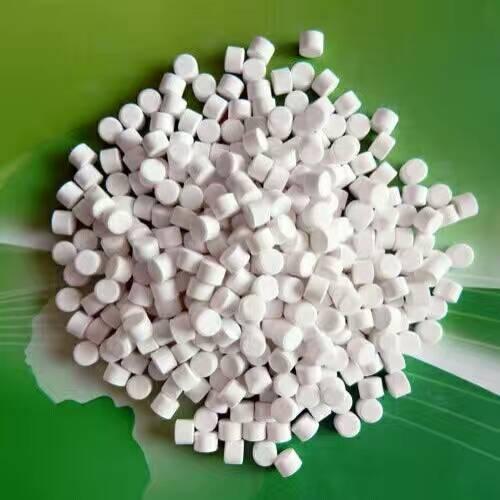
- Prev
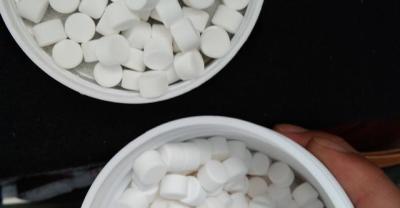
Experience sharing: my opinion on turbidity of Shrimp Culture Water
☞ aquatic products people will follow the top ten Wechat official account ☞ add editor Wechat, pull you into the shrimp and crab culture exchange group shrimp culture process often encounter ponds muddy.
- Next
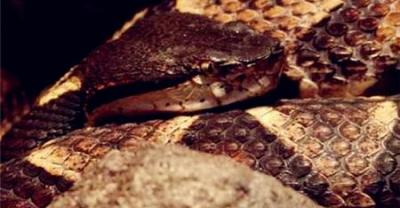
Do not object to farmed fish, but please do not pretend to be wild, how to distinguish between farmed wild now tell you!
In this seafood market full of aquaculture products, how can we distinguish them and understand their value? today, let's talk about the high-end fish that are common to fishermen.
Related
- On the eggshell is a badge full of pride. British Poultry Egg Market and Consumer observation
- British study: 72% of Britons are willing to buy native eggs raised by insects
- Guidelines for friendly egg production revised the increase of space in chicken sheds can not be forced to change feathers and lay eggs.
- Risk of delay in customs clearance Australia suspends lobster exports to China
- Pig semen-the Vector of virus Transmission (4)
- Pig semen-the Vector of virus Transmission (3)
- Five common causes of difficult control of classical swine fever in clinic and their countermeasures
- Foot-and-mouth disease is the most effective way to prevent it!
- PED is the number one killer of piglets and has to be guarded against in autumn and winter.
- What is "yellow fat pig"? Have you ever heard the pig collector talk about "yellow fat pig"?

